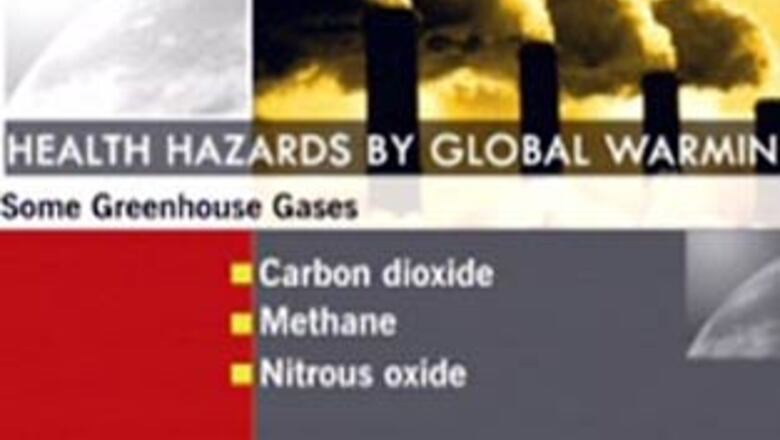
views
Washington: Scientists have done the unimaginable -- converting carbon-dioxide (CO2) into vehicular fuel that could also slash global warming.
University of California Los Angeles (UCLA) researchers have modified a cyanobacterium (class of bacteria) to produce liquid fuel isobutanol out of CO2.
This new method recycles CO2 by cutting down emissions from fossil fuels and using solar power to convert the gas into a liquid fuel, without altering the basic energy infrastructure.
An ideal place for this system would be next to existing power plants that emit CO2, permitting the gas to be trapped and directly recycled into liquid fuel.
While other alternatives include biofuels derived from plants or from algae, both of these processes require several intermediate steps before refinement into usable fuels.
"Therefore, this is potentially much more efficient and less expensive than the current approach," said James C. Liao, UCLA professor of chemical and biomolecular engineering, who led the research team.
"This new approach avoids the need for biomass deconstruction, either in the case of cellulosic biomass or algal biomass, which is a major economic barrier for biofuel production," said Liao.
"We are continuing to improve the rate and yield of the production," Liao said. "Other obstacles include the efficiency of light distribution and reduction of bioreactor cost. We are working on solutions to these problems."
Using the cyanobacterium, researchers genetically increased the quantity of CO2 fixing enzyme RuBisCO. Then they spliced genes from other bugs to engineer a strain that takes in CO2 and sunlight (through photosynthesis) to produce isobutyraldehyde gas.
The low boiling point and high vapour pressure of the gas allows it to be easily stripped from the system. The engineered bacteria can produce isobutanol directly, said an UCLA release.
The research appeared in the Wednesday edition of Nature Biotechnology.



















Comments
0 comment